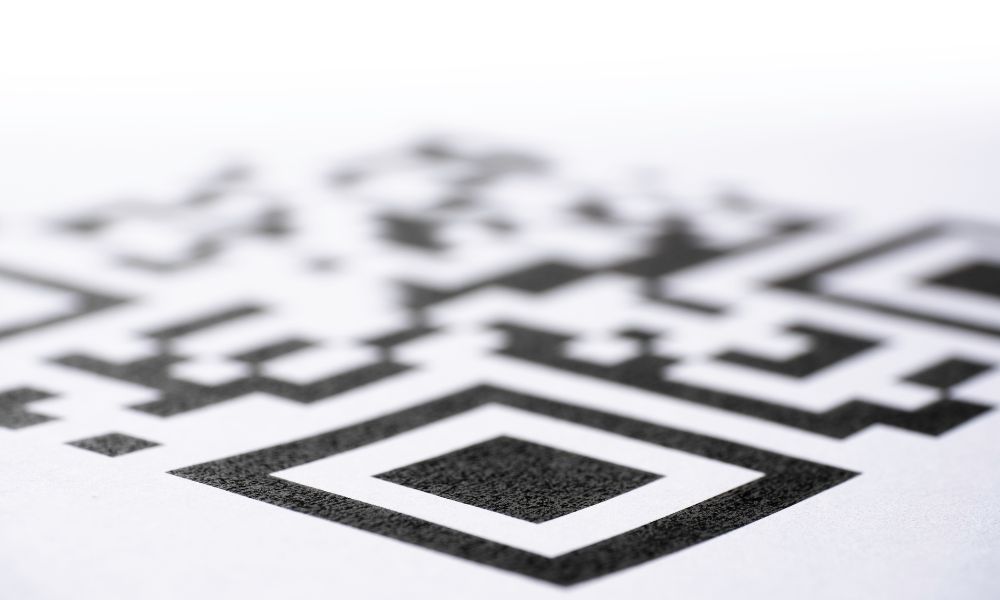QR codes are a type of matrix barcode, and many businesses now include these elements on their product packaging. The benefits of QR codes include accessibility and convenience for customers while offering businesses valuable insight into customer engagement. But there’s more to creating effective QR codes than simply slapping a design together. Explore some of the key things you need to consider when making QR codes.
Use High-Quality Images
QR codes work best when they’re easy for a smartphone camera to read. Blurry or distorted images can cause your code to become unreadable. When creating your QR code, save it in a high-resolution format such as PNG or SVG to maintain image quality when scaling. This will ensure your customers enjoy a seamless scanning experience.
Choose the Right Size and Colors
The size of your QR code is crucial to its readability. A code that is too small could lead to scanning issues, while an overly large code can take up valuable packaging real estate. A general rule is to make the code at least 2cm x 2cm, but it’s always good to test it out with various devices to ensure easy readability.
When it comes to colors, make sure there’s a high contrast between the background and the code’s data matrix. In most cases, this means using a white background with a dark-colored code. Avoid using similar colors or gradient backgrounds, as it may create challenges for the scanner to identify the code.
Stay Mindful of Placement
Your QR code’s location matters just as much as its design. It should be easily accessible and visible to customers yet not disruptive to your packaging design. Ideally, you should place your QR code in a location where it won’t be affected by folds or creases, as these can hinder scanning. Also, avoid placing the code close to any reflective surfaces or other designs that may interfere with the scanning process.
Print Your QR Codes Correctly
Once you’ve designed your QR code, it’s essential to test it out before printing it on your packaging. Use different devices and lighting conditions to ensure your code is easily scannable in various scenarios. If possible, print a sample of the packaging with the QR code and test it with real customers to gain valuable feedback. This will help you make any necessary adjustments before you begin mass production.
Continuously Update the Destination
Since QR codes are often used to provide additional information or resources, be sure to keep the content at the code’s destination up to date. Regularly update the information, promotions, or features associated with your QR code to keep your customers engaged and make the most of your code.
QR codes offer numerous advantages to businesses, making them a valuable addition to any marketing and product strategy. When considering creating QR codes for your business, it’s essential to pay attention to the factors mentioned above. And if you are looking to incorporate QR codes for coding and marking purposes, the inkjet coding systems at Tourmaline Enterprises can help you deliver crisp, reliable codes that will engage and satisfy your customers.

